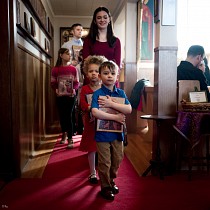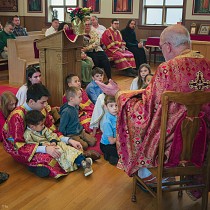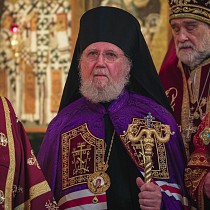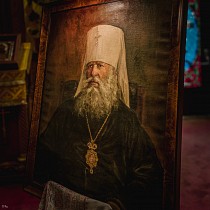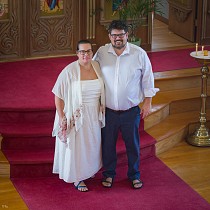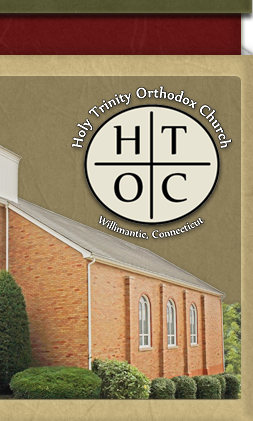Celebrated on the First Sunday of Lent, the Triumph of Orthodoxy has both historical and personal significance. The Triumph of Orthodoxy does not stand as a victory over others; it stands, instead, front and center, as a Triumph of Truth.
The Seventh Ecumenical Council reestablished the veneration of icons and in turn rejected the compromise proposal that icons be placed on the same level of sacred vessels. The Church Fathers argued that icons belonged on the same level as The Word of God and Divine Services. Together, they are the backbone of Holy Tradition and serve as communion with God the creator.
Whereas the Word of God is emphatic and powerful, and Divine Services are sung angelically, the icon conveys the Tradition of Silence. It speaks with an identical amount of force and doctrine as the Word & Divine Offices do. The Triumph of Orthodoxy declares the truth of the Incarnation, that God who is invisible, ineffable, incomprehensible, and eternally the same, took on human flesh and lived among his disciples and followers in simplicity and humility.
Orthodox iconography, written in the Byzantine and Russian styles, has captured the imagination of Christians of all faiths since the time the Evangelist Luke is reported to have written the first icon. Whereas in our Western culture, we are encouraged to be attentive to the process and are assured the results will follow, the opposite holds in Byzantine iconography. In the Orthodox understanding of iconography, what is always portrayed in the icon is the final result, of a Christ-centered life.
Orthodox iconography does not attempt to portray the exact appearance of a saint during their earthly life. The iconographer avoids emphasis on the corrupted human flesh. The icon, which is not a portrait, never conveys man’s physical defects; the aging process and sickness is never portrayed at any time. Why do icons in the Orthodox Church look like they do, is a refrain offered by many visitors, and even its very own people?
Facial features on an icon such as the eyes, nose, and can often appear more oblong, and even the head is reduced in size. What the iconographer depicts is the saint’s transformed and deified state, changed by the power of the All-Holy Spirit. This is why Orthodox iconography can often look radically different from Western art. The spiritual change is the iconographer’s primary emphasis. The mortal flesh has passed away and we are left to gaze at the change the Holy Spirit has brought forth. And it is a beautiful site to behold.
Saint Gregory of Nyssa wrote that at after the resurrection each person will receive a new body which will be different from the one we passed through this life with. The new body will be devoid of defects, and the new glorified body will be luminous and full of light.
The church reminds us repeatedly that we are created in the image and according to the likeness of God. Is man truly capable of being called an ‘Icon of God’? Of course, but the work required will be difficult and life-long. The calling of each Christian is to be the incarnate love of God. When we live in truth, the light, and in love, then the work of the Holy Spirit will be made manifest in us and others will be drawn to Him. When this happens, we will be transfigured and shine with the light of Risen Christ.
V. Rev. Marc Vranes
The Sunday of Orthodoxy
March 5, 2017







